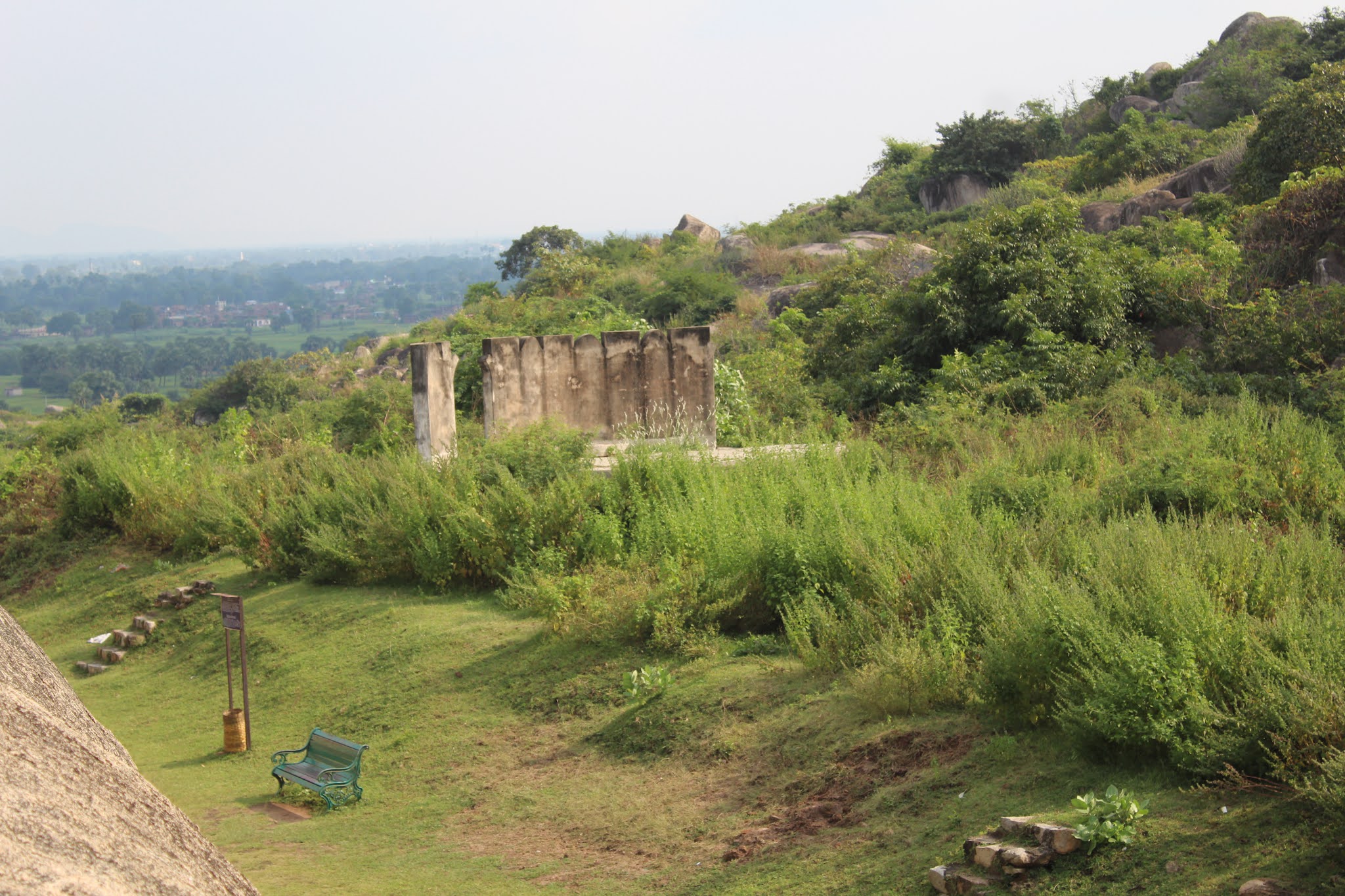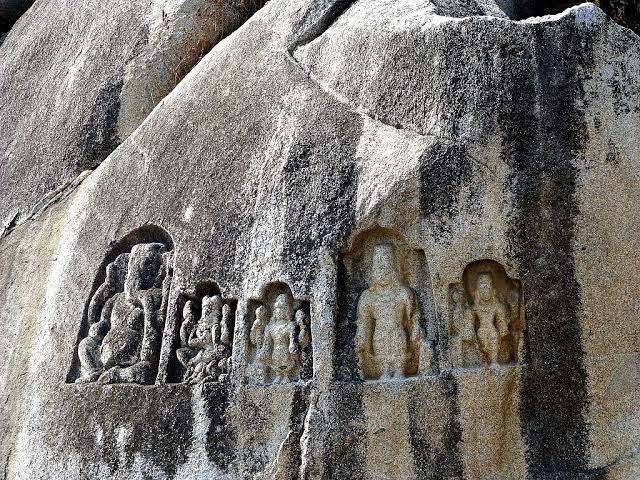The Lomas Risi Cave
The Lomas Risi cave in the Barabar hill is the oldest surviving rock-cut cave of India. It is the most important from artistic as well as tourism viewpoint although even after being unfinished. The cave exhibits marvellous wooden work and advanced Mauryan Polish. This cave has an arched façade that was probably imitation of contemporary wooden architecture. On the periphery of the door, along the curve of the architecture, a line of elephants advances in the direction of stupa emblems.
 |
| Source: mapAbility.com |
 |
| Source: mapAbility.com |
Construction Technique
The technique used here is one of the major tourist attraction. Susan L. Huntington in his book Art of Ancient India: Buddhist, Hindu, Jain in one of the sections of chapter four read out this style of cave making particularly the entrance of cave as:
Following a bent-wood prototype, the roof : comes to a peak at the top—-a shape seen frequently in Indic rock-cut architecture of later priods—and the frame is topped by a finial, possibly imitating a ceramic element used in free-standing structures. Wooden beam ends, like those of a structural building, have been carefully carved.
The pillars “supporting” the roof structure are battered so that they lean inward at a slight angle. This too is a feature that is encountered frequently in other early rock-cut examples. A rounded arch unifies the sides of the doorway within which is recessed the actual door to the cave, a modest rectangular opening. Within the arched forms above the door are two separate registers. The upper band is carved in imitation of wooden latticework, probably of a type used at the time for admitting air and light in the cave. The pattern of interlocking circles appears on Harappan pottery suggesting continuity between the periods in spite of disparate dates. Below the lattice is a frieze of elephants, proceeding in pairs toward spindles that link the arches together. At each end of the register, emerging as if from the squeezed ends of the form itself is a makara, a mythological, crocodilian animal that is a primogeneric source and symbol of auspiciousness, a common element in later South Asian art.
• You can have a closer look at the entrance of the cave in following images.
 |
| Picture of Elephants at the entrance of Lomas Risi Cave, Source: mapAbility.com |
• Following picture demonstrates crocodilian animal which signifies auspiciousness.
 |
| Source: www.columbia.edu |
• Interior walls of the cave exhibit advanced Mauryan polish in below picture.
 |
| Source: mapAbility.com |














0 Comments